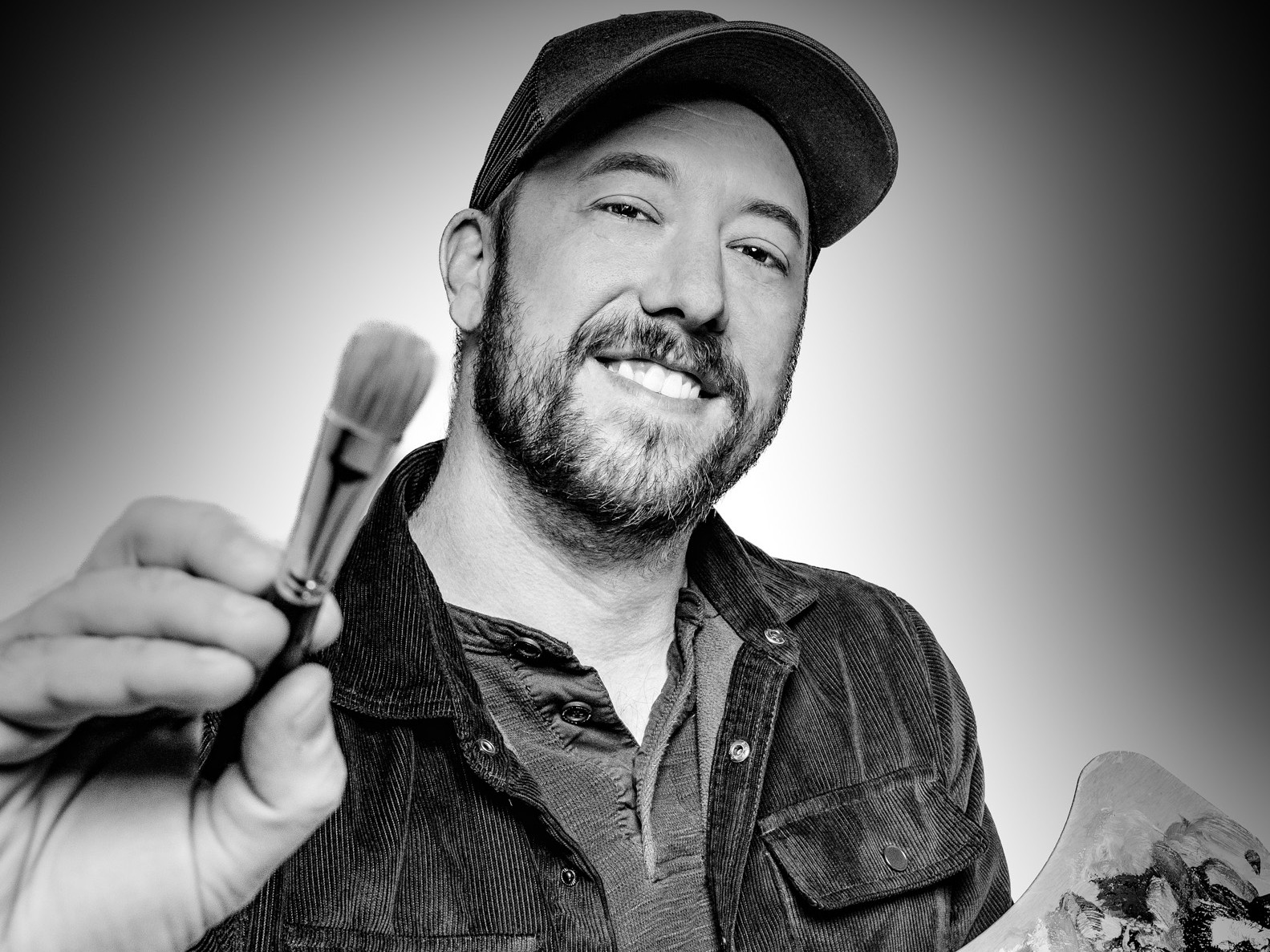We recently connected with Adam Kenney and have shared our conversation below.
Hi Adam, thanks for joining us today. Can you talk to us about how you learned to do what you do?
My style and artistic voice has not come easy. In fact, I am often self-conscious about my work and its artistic merits. I would say the last five or six years have been pretty ground-breaking for me, as I’ve dedicated myself more fully to learning the craft. Each new painting or drawing is a learning experience. I work on it, gain some new insight, then move on to the next. There are so many failed paintings and drawings in the process, but ultimately my work has improved significantly.
It has always been a challenge to navigate my own approach to art. When I was younger, I really had no understanding of art history or the painters and visionaries that came before me. So, my art style was pretty much based solely around mimicry – copying from photographs and cartoons; anything that interested me visually. And that was all done with a number two pencil on printer paper.
It wasn’t until college that I started to experience some eye-opening art. I visited my first museum, went to local exhibits from both established artists and up-and-comers, and started to learn more about visual language. All of these influences hit me so fast that I was incredibly inspired, but also very quick to continue mimicking. I saw art that impressed me and I wanted to emulate it. It made me a great observer of art, but also rudderless when it came to my own path.
About three years ago I started teaching oil painting at Seattle Pacific University. The amount of preparation necessary to explore elements of art and painting and relay it to young artists who may have never even picked up a paint brush before forces one to grow as an artist. Being asked to teach color studies has also improved my understanding of art and the expansiveness of creativity.
I’m always learning. I think it’s helpful to have an attitude of discovery and experimentation, even if it’s on a small scale. I try to look at great artwork and see why it works, then to challenge myself to implement aspects of those lessons. Sometimes, in doing so, I learn that my voice doesn’t actually align with them. And that’s okay. That experience helps to form my artistry. In short, I think learning the craft of painting is impossible without time, effort, and a willingness to study.
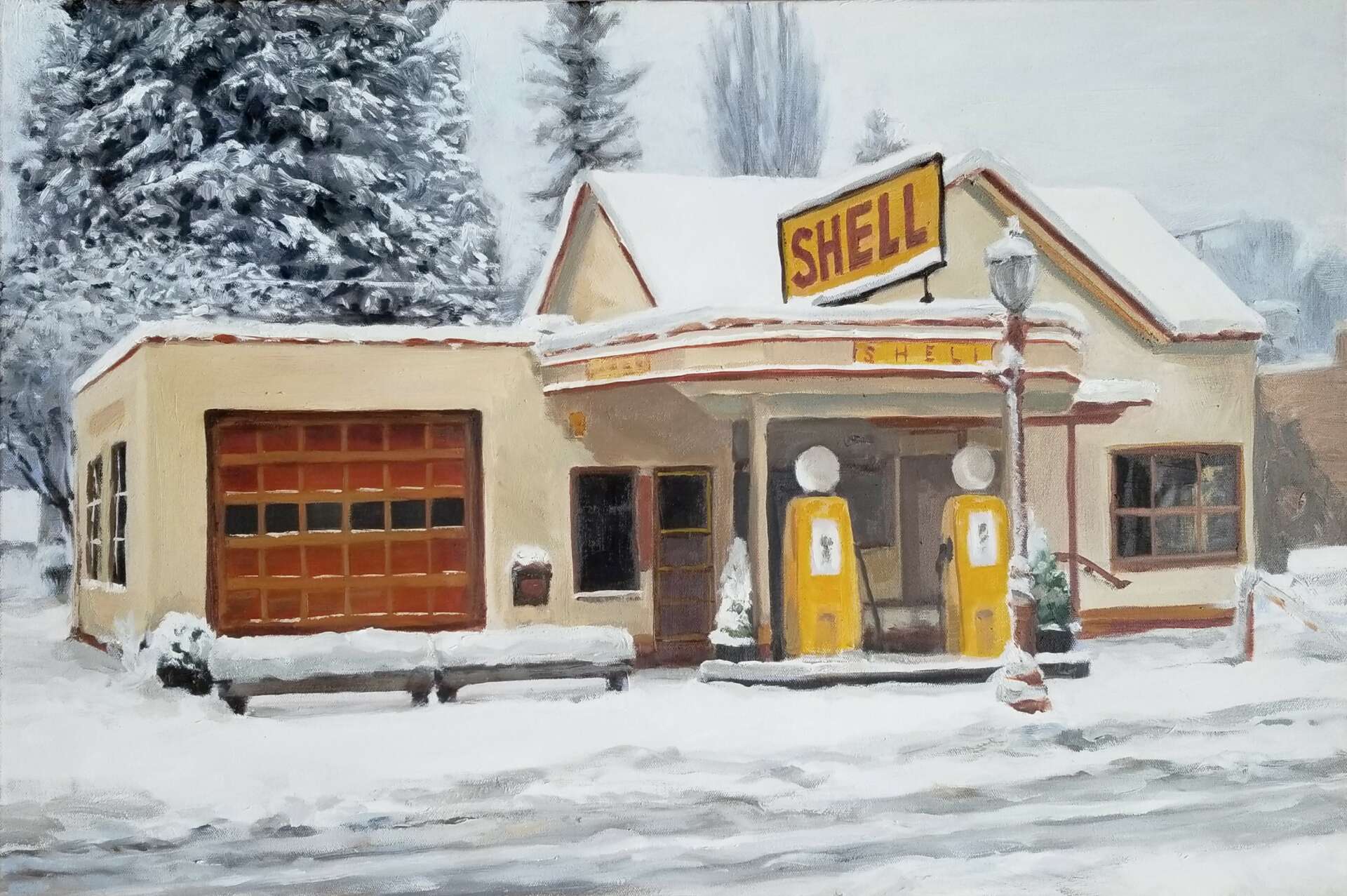
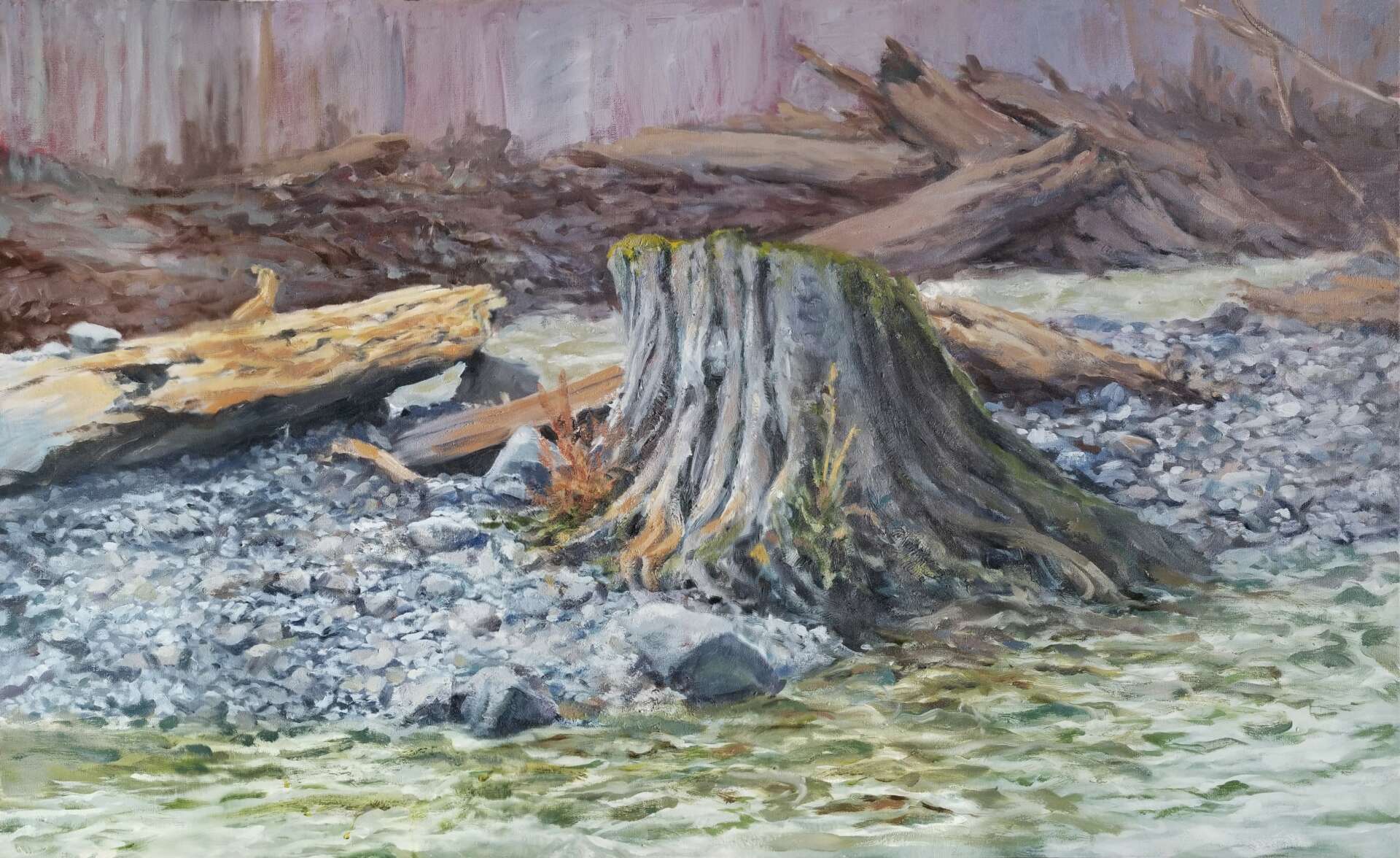
Adam, before we move on to more of these sorts of questions, can you take some time to bring our readers up to speed on you and what you do?
I try to stay on my toes when it comes to art. I am consistently working on new commissions and personal work. I really enjoy working on large oil paintings for clients and just for my own experience. I like making big statement pieces that revolve around some overlooked nugget of landscape. While my clients and customers tend to gravitate towards my depictions of Mt Rainier and Cannon Beach, I’m always happy when somebody connects with something less recognizable. Customers often contact me through Instagram or my website. Lately, I’ve been getting more customers finding my work through Etsy, which I’ve been putting more effort into than in the past. I know of some artists who would turn their nose up at Etsy or other avenues, but I really just want my art to be accessible to anybody.
I also love to teach. Working as an art professor has been a consistently rewarding experience. Students come into my classroom sometimes with little to no artistic experience (often never having tried oil painting) and leave it with work they are proud of and a new way of observing the world and expressing themselves. It’s always satisfying to see the “a-ha!” moments and track their progression from the beginning of the quarter to the end.
I’m in the process of developing an online course dedicated to teaching oil painting from start to finish, geared towards beginners. I know that oil painting can be intimidating and can feel weird to folks who are used to acrylic or watercolor, but there’s so much joy in using oil that I want to share. I want to pull back the curtain and show folks that anybody can learn how to enjoy oil paint, whether as a new hobby meant to give them rest or as a way of expression. Creativity matters and so many people are scared to even try it!
Anybody who is interested in finding out more or getting updates on when the course will be available can sign up for my email list at my website.
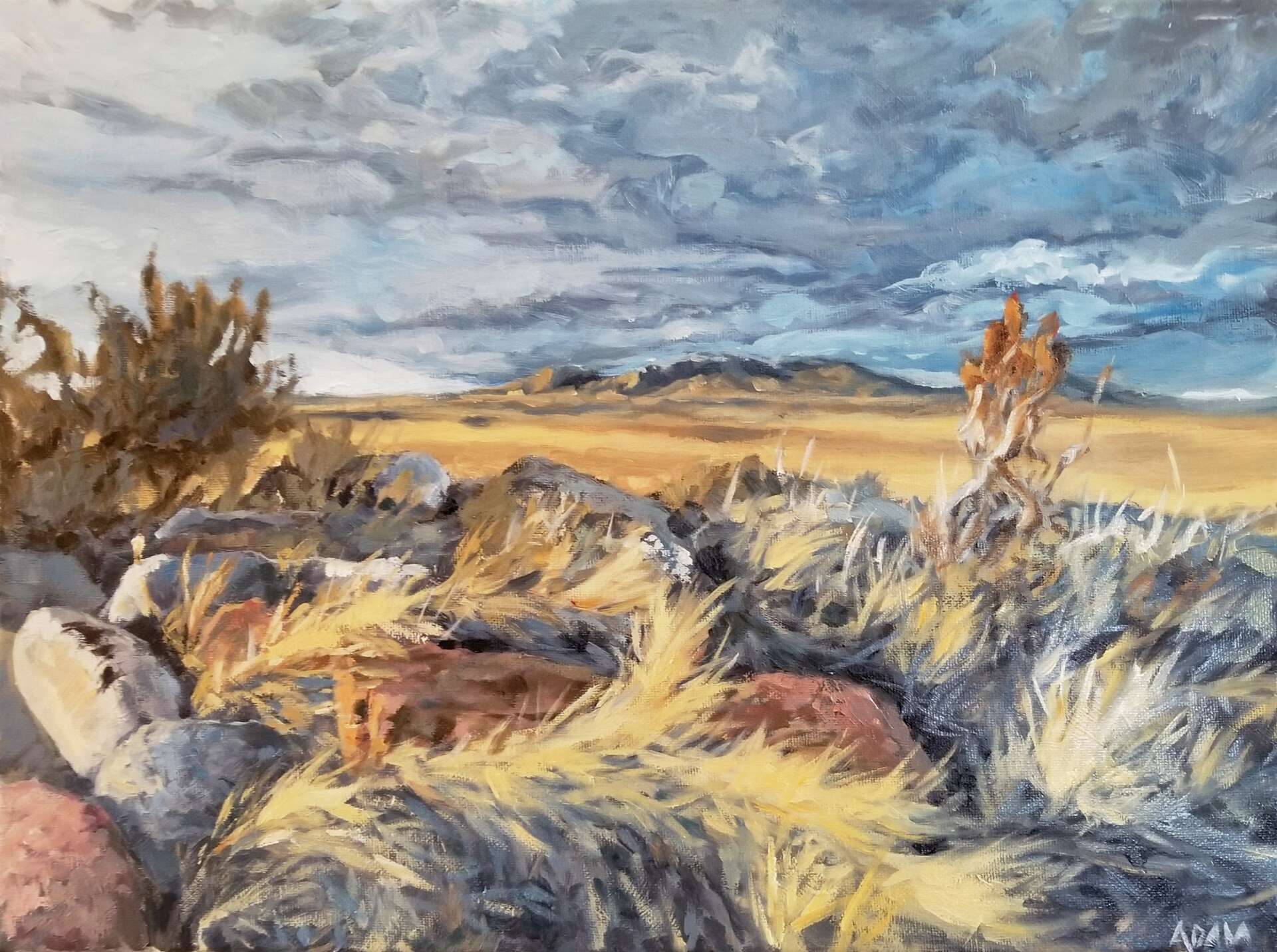

What can society do to ensure an environment that’s helpful to artists and creatives?
I’m not sure I have an amazing suggestion for society, at large. There’s the ins-and-outs of the “art world” and all of that which I have zero understanding of. But I have a couple of practical everyday things that I think the average art-enthusiast can start doing today.
My main suggestion would be for those that have the heart and desire to “like” an artist’s social media post – share those posts, too. Sharing an artist’s post through social media can have a huge impact on the success of that artist’s work. I have been surprised by how directly a share can convert to sales. And, really, artists need sales in order to continue working and creating with freedom to explore. A share is astronomically more valuable than a like and it ensures even more people will benefit from seeing the post.
I think folks could try to take a step away from the corporate machine a bit when contemplating an art purchase. Look locally at what artists are selling or creating. A few sales mean a lot to all of the artists that I know, whereas a few sales don’t often mean the world when it comes to corporations.
I guess just contemplating the value of art in society (or perhaps the art that speaks to you most) and then finding ways to encourage it and support it.
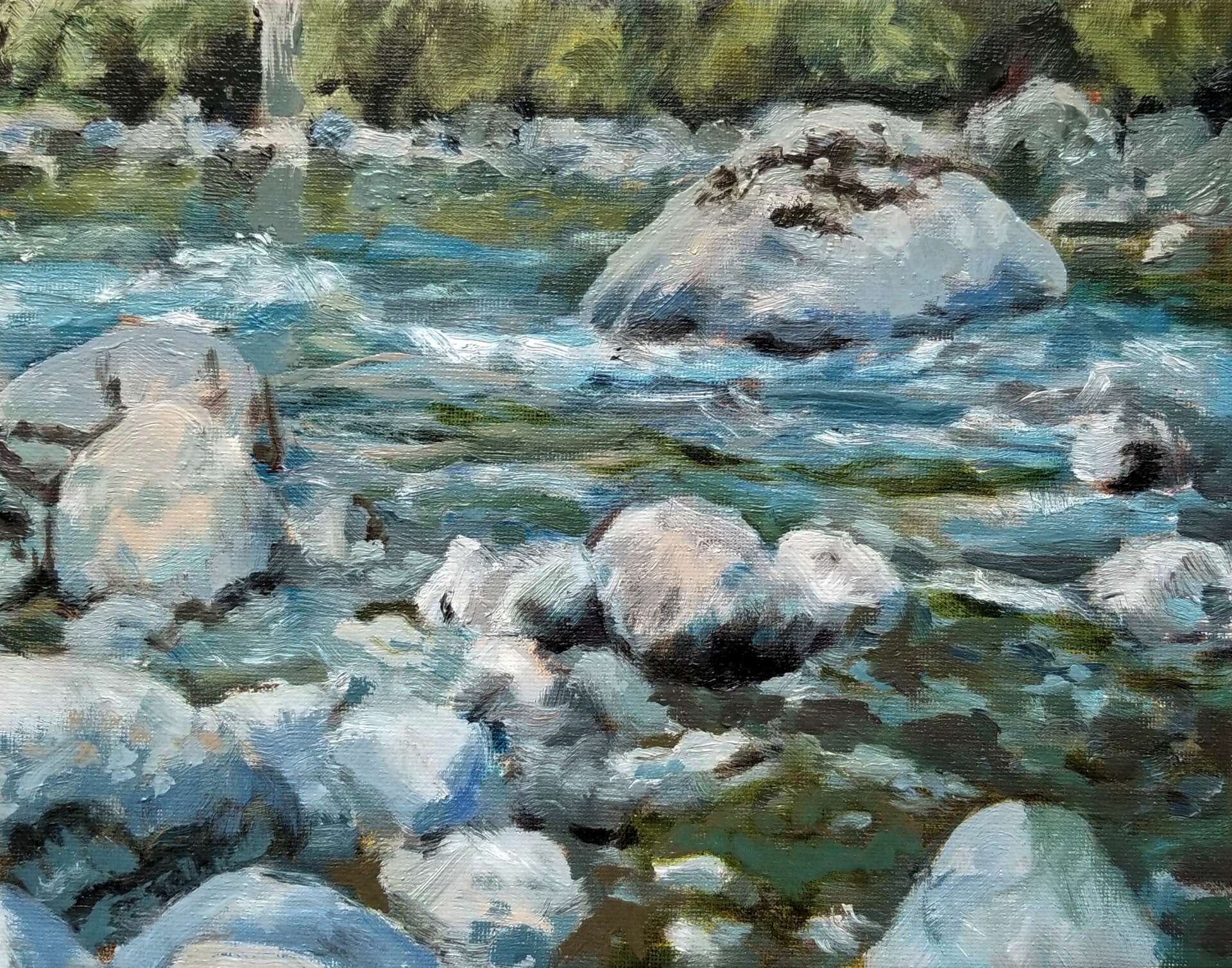
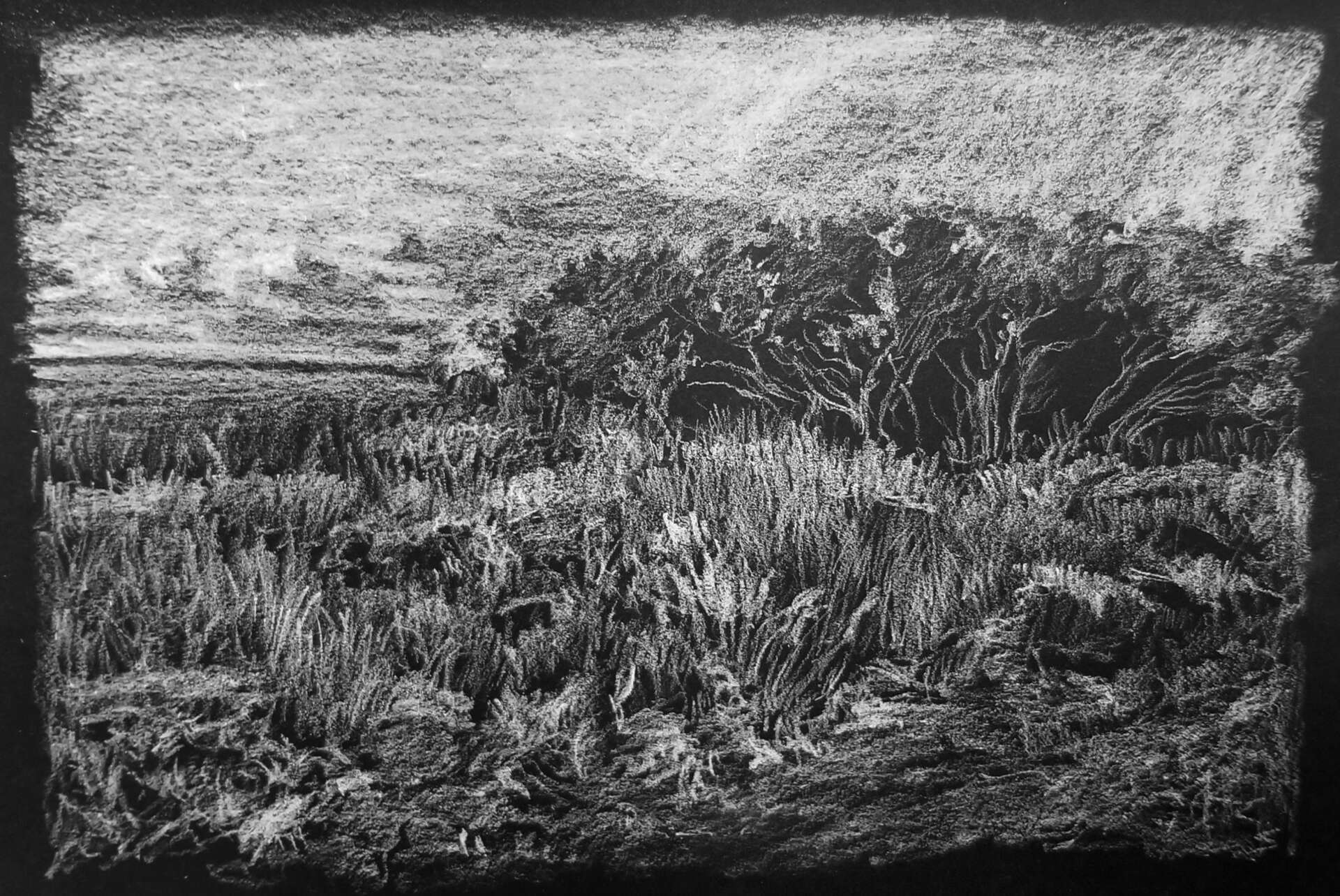
Is there something you think non-creatives will struggle to understand about your journey as a creative?
I guess I’d start by saying that my journey as a creative is based on my desires in life. Some people find that hard to understand – the fact that I’d choose creativity over a 9-5 or climbing the corporate ladder. It seems less safe – I assume they mean financially (which I won’t argue with). However, safety takes many forms. I just see so much value in doing the thing that you love. I love when I can create a piece of art that resonates with people, especially in ways I don’t foresee. I love improving at my craft, trying new ideas, starting with nothing and ending with a finished piece. That’s just intrinsic to me. If a person can find their desires fulfilled in the thing they are doing, whatever it is, then I think they are on a path to some form of satisfaction.
So, I’d argue that we’re all creatives in some way, shape, or form. We just have different driving forces and outlets. And I’m not oblivious to financial needs and safety. I’ve worked my fair share of full-time jobs, freelance gigs, and part-time opportunities. I just truly believe that most great things are built on an idea that is pursued with passion and consistency.
Also, just like any other job or career, I’m trying to produce something that is valuable and has meaning. There’s a general idea that art is superfluous. I think that’s a pretty bleak way of looking at life, because you’re boiling everything down to a bare minimum, which is neither realistic nor necessary. Not all people relate to visual art, but most people relate to some form of art, whether it is their favorite music, movie, book, magazine, cartoon, furniture, interior design, architecture, poetry, etc. I’ve known some guys who would say that they don’t have an artistic bone in their body. However, they love to experience the emotions that certain music provides them. I think it’s pretty short-sighted to insist that art doesn’t have value individually, culturally, nationally, or globally.
Those are some of the things I would want to express to those that might not relate to my journey as a creative.

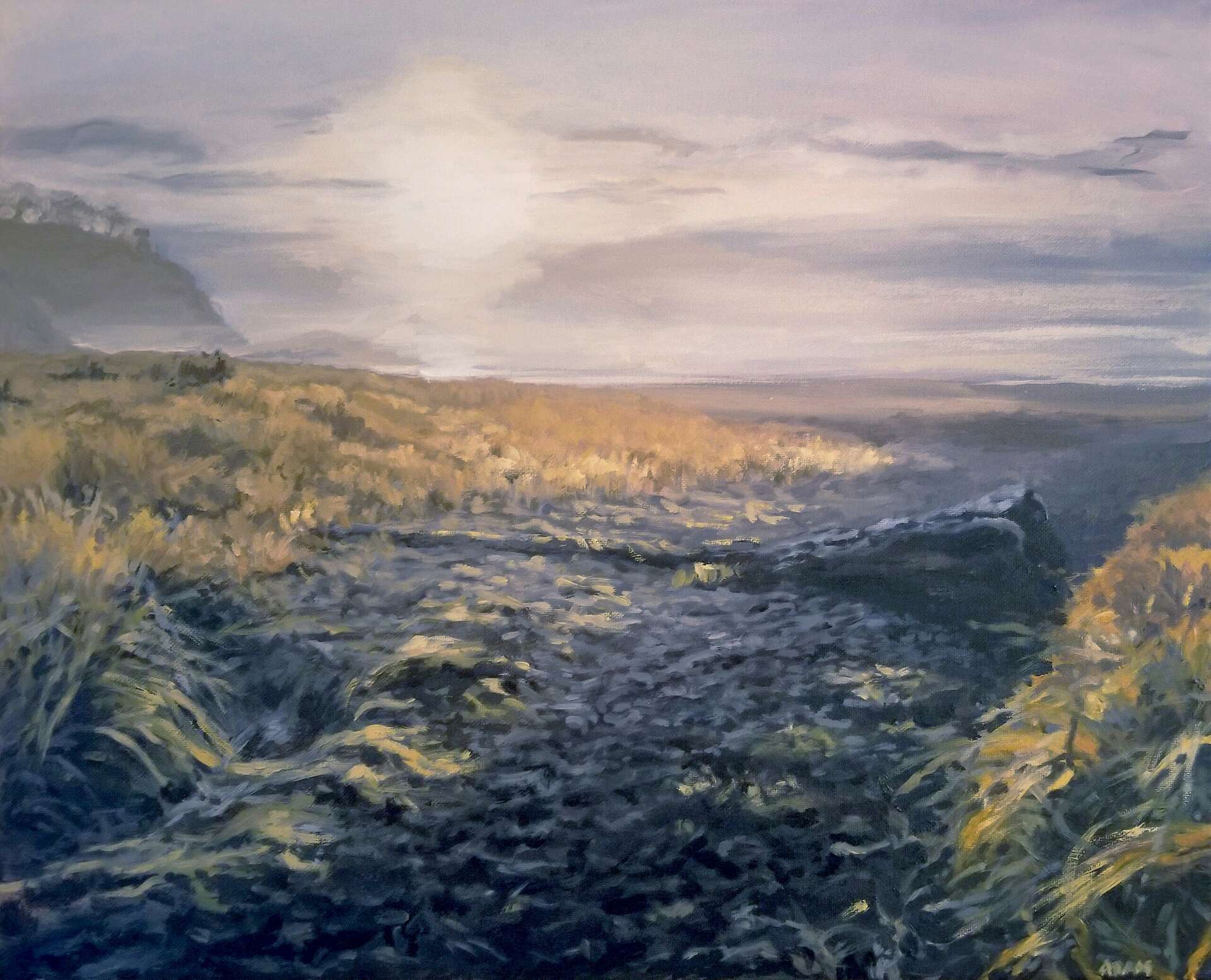
Contact Info:
- Website: adamkenneyart.com
- Instagram: @adamkenneyart
- Youtube: @adamkenneyart3013


